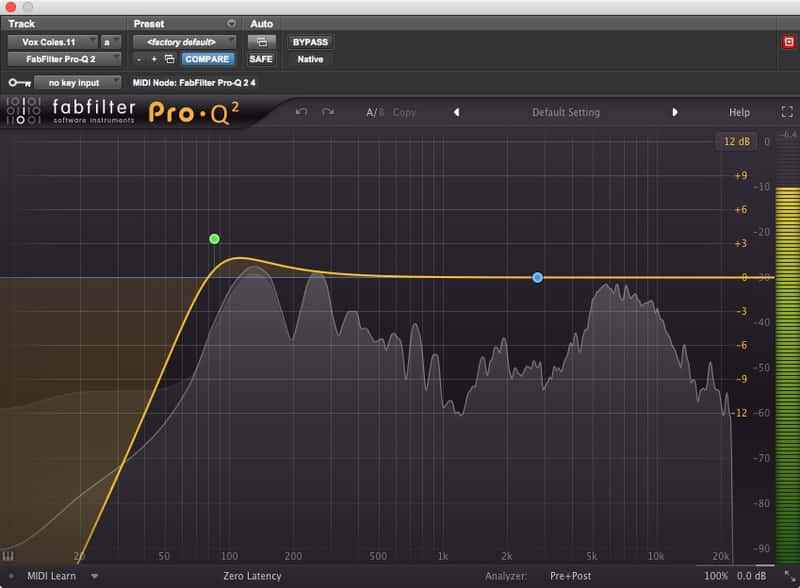
Albeit singing is about sound it may consider it concentrating on how we shape sound . At times when I am attempting to portray this in one of my Workshops, I utilize the illustration of shapes, and it appears to bode well to understudies. They see (once we have completed a decent measure of tuning in and discussing what makes up vocal style) what it implies when we allude to a “short thin formed sound” the Micro Voice Sound, or a darker hollower once in a while more loose stable. I typically begin every one of my workshops with investigating sounds. This is an awesome strategy to get individuals who are bashful and haven’t had sung one tone before a crowd of people to sing. We for the most part find that the additionally fascinating the essential vocal shape, the all the more intriguing the sound. The voice characteristics we have been taking a gander at are an essential piece of the vocalists sound . For most understudies who are working with their vocal mentors to prepare their voices, this is the place an incredible lion’s share of their work should happen. Lamentably this isn’t generally he case. That is likely one reason why the understudies regularly gain no ground what so ever. As I would see it vocal mentors should focus on giving the understudy a chance to discover his voice as opposed to constraining them to imitate some recondite vocal idea.
There are many “corresponding components” that edge and alter voice characteristics. These correlative components are vocal shape and vocal shading. They generally ought to be the concentration in a vocal preparing educational programs.
In the workshops we frequently start thinking about the sorts of things, we’ve been told about vocal shape and sound at singing educational cost we’ve gone to, either in choral – or solo singing. A large portion of us instantly consider depictions like “line” or “slope” of the tune.
I for the most part find when I request that understudies attempt to sing a line or two from a tune as perfectly as possible (and we let them figure out what wonderful intends to them in this specific situation), they tent to make little “slopes” of vocal shape and sound. Most understudies choose that excellent means either impartial or lengthened sounds. Prevalent singing requires not just that you have the bravery to move far from this lovely voice characteristics and traditionally prepared sounds at times, yet in addition that you need to desert any thoughts you may have about making the correct sound in a line or expression. This is the thing that singing understudies ought to learn soon. Truth be told as we experience our activities, they find a wide range of methods for various sound characteristics and with enough practice our understudies find that regularly their most captivating and one of a kind vocal work will come when they have figured out how to make anything besides “delicately slopes” of sound.
Exertion Level
This is regularly alluded to by singing educators who need their understudies to know about how much (or how little) they’re functioning while at the same time singing. I surmise that exertion level isn’t generally instructed as a component of style – and it ought to be, on account of it is a central point in the manner by which we are influenced when tuning in to an artist’s execution. In a few styles we need to know that the artist is buckling down. Without a doubt that “distinguishable diligent work” is every now and again what persuades us that a vocalist is genuine and more often than not the artist is working through two sorts of exertion levels depicted underneath keeping in mind the end goal to make the impression of that exertion level. Breaking down the exertion level we hear is a vital initial phase in considering a vocalists style.
My understudies figure out how to investigate exertion level in two different ways:
- The apparent exertion level
- The genuine exertion level
The apparent exertion level isn’t excessively troublesome, making it impossible to call attention to, in spite of the fact that at whatever point I am doing these activities with understudies (we deal with a size of 1 to 10, with 10 being the most astounding), we’ll frequently make them squabble over where we put craftsmen. I play a few tunes to outline the lower end of apparent exertion level, 2 or 3 on our exertion level scale. This more often than excludes tuning in to some old “smoothies” like Julie London or Bing Crosby, who some of the time seem as though they could be unwinding in a shoreline seat while singing as opposed to being in the studio or in front of an audience. For the 9 and 10 on our scale we may tune in to Tina Turner or James Hetfield (Metallica), craftsmen whose style is frequently one of sheer exertion and vitality.
Making sense of the genuine exertion level can be substantially more troublesome. An artist like Karen Carpenter will generally trick individuals. Her style was one of the perfect, easy excellence of tone. You may put her down to the 2/3 classification when contrasted with somebody like Bruce Sprengsteen or Joe Cocker. Yet, once you strive for yourself, those superbly formed long expressions, combined with a sharp consideration regarding word usage, a sound overwhelmed by a profound, rich voice quality and frequently topped with a wonderful vibrato rot, you rapidly find that the genuine exertion level can be altogether higher in reality. This is a vital exercise for singing understudies contemplating the decisions they make in making a given style or working in a specific classification. In Rock, Gospel, and Rhythm and Blues, such a large amount of what recognizes this sorts is that the artists utilize incredible exertion and vitality to perform.
Find out about vocal sounds, shapes and the two kinds of exertion level can acquire a more profound understanding into the craft of well known vocalizing as a rule.































